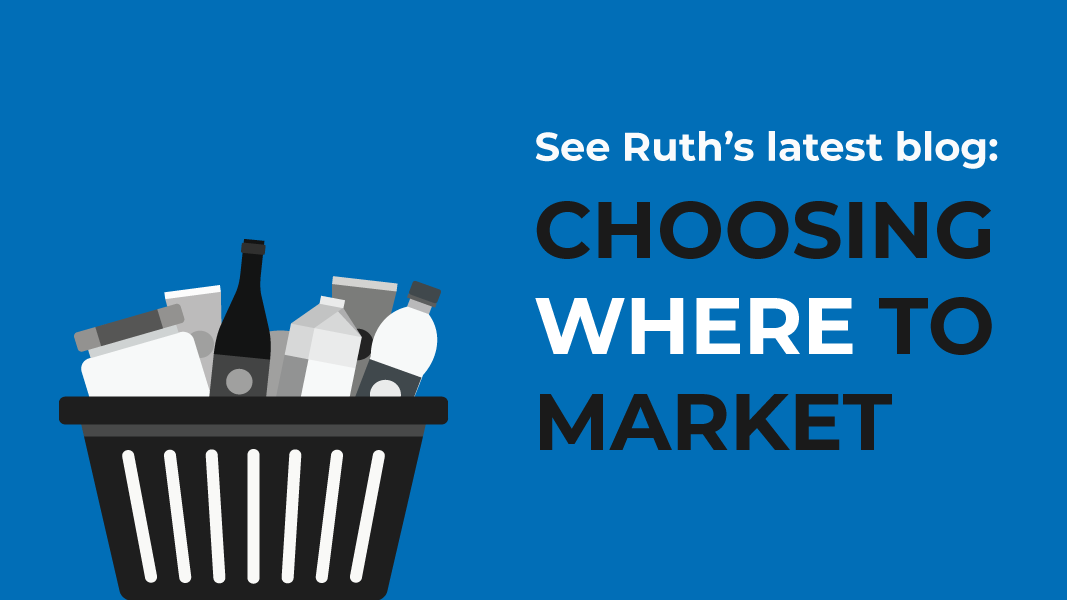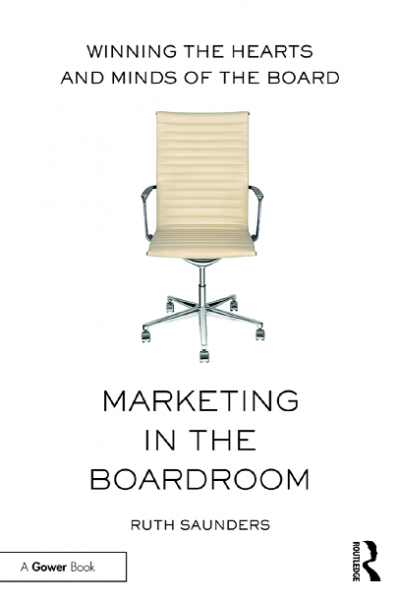
Why choose ‘where’ to market
When it comes to ‘where’ to market a brand, it’s important to sell through sales channels that make the brand both visible and accessible to people in a way that is easy to engage with and purchase. Otherwise, it’s likely to get lost in today’s market clutter.
Yet, to develop marketing strategies that engage the Board, marketers need to find cost-efficient and effective ways to manage and grow their brands.
The growth in new technology has reduced barriers to entry. Rather than having to go through more expensive traditional distribution channels, today’s companies can sell through new, more cost-efficient channels.
Entrepreneurs, more than anyone, have taken advantage of this, by unearthing innovative, more cost-efficient distribution channels through which to sell their products and services. In doing so, they have been able to prove the concept to their investors before investing at scale. This, in turn, has fundamentally altered the dynamics of some categories, changing the way people purchase and, in some cases, making traditional brands obsolete.
Finding cost-efficient and effective sales channels
A number of new brands – many now deeply embedded in our daily lives – have changed their category dynamics forever.
Take for example brands that have set up their own one-stop stores instead of using traditional retailers. For example, Pets At Home transformed the world of pet care by opening up easy-to-access, out-of-town stores, providing pet owners with everything they need to care for their pets, as well as a destination to take their children to on a wet weekend afternoon.
Other brands have changed their category dynamics by selling directly to customers through virtual channels, such as over the telephone and online. Well-known examples include Amazon and LOVEFiLM, who succeeded in revolutionising the book and DVD markets respectively by enabling people to browse, order online and have the product delivered to their door or, as in LOVEFiLM’s case, streamed immediately to a computer or TV.
Other brands have changed their category dynamics by hosting parties in the relaxed setting of someone’s home. Brands like Ann Summers, Body Shop and Stella & Dot have successfully generated significant sales or, in Stella & Dot’s case, built a revolutionary business, by selling products to customers in the comfort of their home, where they can host friends for an evening of personalized shopping over a glass of wine or two. Not only that, all 3 brands offer enterprising women a chance to run their own party plan business.
Other brands have achieved incremental sales by selling their products through non-traditional channels and retailers. For example, Toys “R” Us sells nappies at breakeven prices or at a loss to attract young parents to the store – and, in doing so, enables nappy manufacturers to drive incremental sales through non-traditional retail outlets. Once in-store, the young parents can’t resist picking up a small toy or two for their children.
Others have changed their category dynamics by selling through non-traditional channels, such as TV channels (like QVC) or on the street. Take beauty brand Elemis which credits QVC with its launch success, shifting an astounding 85,000 products in one day, giving the brand a huge awareness and trial boost. Or Bare Escentuals that used a fleet of pink ‘Quickie vans’ to tour the United States “giving people a flawless makeover in under 5 minutes”.
In summary
When it comes to ‘where’ to market your brand, it’s important to make it accessible to people in a way that they can easily engage with and purchase. Otherwise, it’s likely to get lost in today’s market clutter. Yet it’s also important for marketers to leverage cost-efficient distribution channels that will deliver the greatest return.
The growth in new technology has opened up many new cost-efficient and effective channels. These have proved a highly successful and cost-efficient way to engage with and sell to people, and can thereby help to increase a brand’s return on investment.
Therefore, to maximise their brand’s performance and thereby help drive shareholder return, marketers should consider using new, more cost-efficient channels to reach their customers – either alongside, or in place of, traditional distribution channels.
The author
Ruth Saunders uses her 30 years of experience as a strategy consultant at McKinsey, marketer at P&G, advertising planner at Saatchi & Saatchi and market researcher at Mars Inc, to help clients be ‘On Point’.
She is a marketing and branding consultant, trainer, speaker and coach.
She is also the author of “Marketing in the Boardroom: Winning the Hearts and Minds of the Board” published by Routledge.
She can be reached at ruth@beingonpoint.co.uk or on +44 7768 600906.
See Ruth’s discussions on Twitter.

Read more from Ruth
Own your own copy of Marketing in the Boardroom, which helps marketers to be more commercially credible and thereby more successful in the boardroom
Read more from Ruth
Own your own copy of Marketing in the Boardroom, which helps marketers to be more commercially credible and thereby more successful in the boardroom

Recent Comments